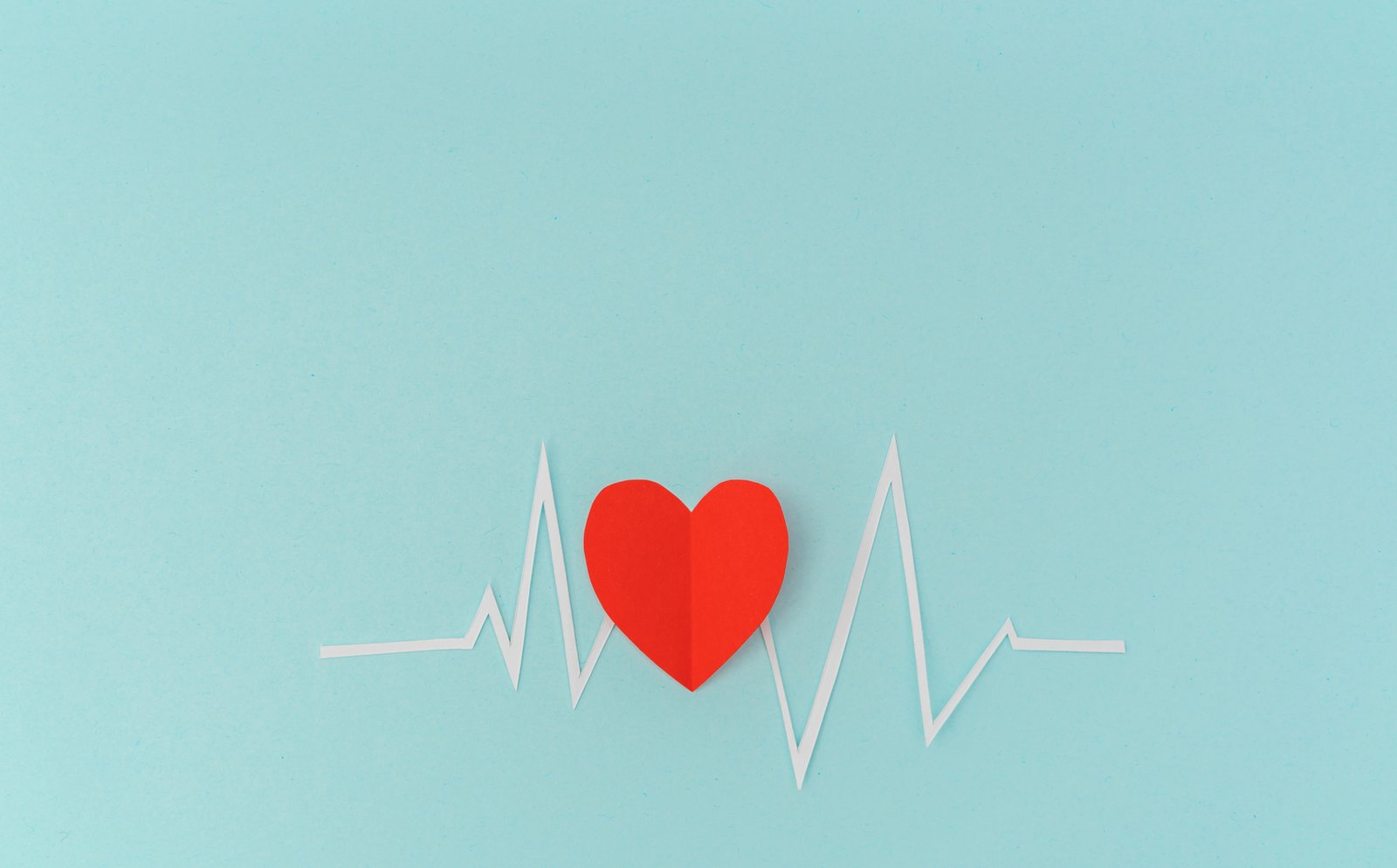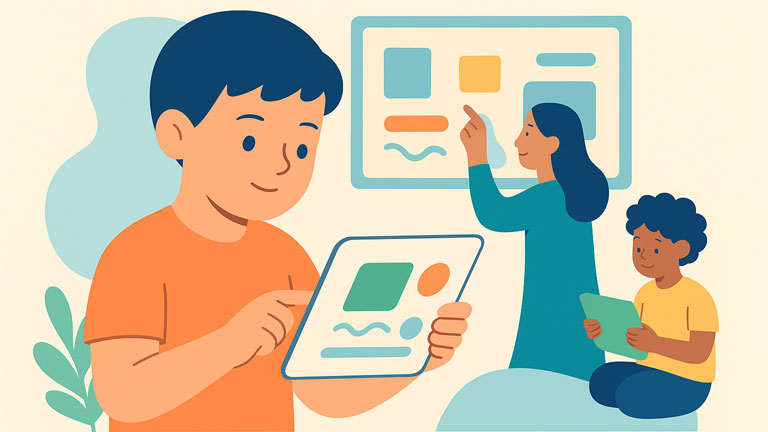Technology is everywhere, and the argument that we can live without it should be closed once and for all! In the current day and age, there is no basis for this argument, it is frankly outdated. Whether an individual is up to date with the technology of the day or not, it is extremely difficult to find someone who is completely detached from technology in some sort.
If an individual actually did not depend on technology in any form, he would be living isolated and far from the comforts of the world. He would be growing his own food, and living in his self-made shelter. While there have been numerous arguments that our reliance on technology is bad. With the advancements and innovations in almost every field of study, our way of life over the last two decades has been made easier, giving individuals more time to create new technologies.
Technology has transformed many industries and the healthcare industry is not too far behind. Technology is everywhere in healthcare. From x-ray machines to MRI scanners to CT scanners, technology is everywhere and is being used daily. These machines along with their technology laid the foundations for bigger, better equipment to be used in the industry.
People are using the latest technology to cure their ailments, discover why a disease is spreading, and ways to prevent diseases. Not just that, technology has helped people in remote areas of the world through telemedicine. Routine medical procedures can be completed without a doctor being present in the same room, heck even the same continent!
The interesting thing about mobile technology solutions in healthcare is that it is not limited just to hospitals. It can be used by end-users to “be their own doctors.” It can be used to create a better quality of life for certain individuals or even prolong life for some. Either way, technology is being used 24×7 for 24×7 care. Here are a few ways how technology is improving the healthcare industry and effectively our lives!
1. Monitoring: Technology helps in remote monitoring of patient health. Using technology patients can reduce the visits to a clinic or a doctor, and save money. A report by Becker’s confirms that at the end of 2012, almost 2.9 million patients from across the world were using some sort of home monitoring system.
Pacemakers are effectively remote monitoring systems, also referred to as the first wearable technology in healthcare, that can send data to doctors and clinicians. Other such applications help in sending vital information much before first responders get to a person in critical condition, saving time and resource.
Wearable health monitoring devices add a different flavor to the monitoring technology. What these devices do is collect data, and display it to users so that they can assess their health at any given point of time. These devices can be programmed to send the information to doctors as well, to help monitor user activity. This is especially useful for individuals recovering from surgery. The total number of wearable device users is expected to cross 100 million in 2018.
What does this technology do to users?
- Track daily activity
- Monitor sleep
- Help better manage user health
- Share workout or sleep information
- Support the managing of multiple devices
2. Apps: We as humans in the 21st century just cannot keep away from our smartphones and our beloved apps. Many leading healthcare organizations have their custom-made mobile apps development and websites that deal in communicating with their patients. Doctors and nurses are being trained to use technology to help patients understand their problems.
The ability to better communicate with doctors and nurses creates a sense of confidence to patients as well. It helps patients reach out to their doctors on time every time. Apps are a fantastic way to provide deaccurate information, reduce the number of worried individuals in queues waiting to seek an appointment, and helps patients share their symptoms with doctors and get an accurate diagnosis for minor ailments.
Doctors also find technology helpful. It has given them tools to decide treatments, diagnose symptoms, and share information. Doctors are also using VR technology to learn new procedures and brush up on old ones.
Apps also help patients track their medication. With the trusty smartphone by the side, users are constantly reminded of their medication, dosage, etc. Apps are known to improve medication adherence in patients. They help in educating patients on the medicines they take as well. mHealth apps are great at involving other individuals as well, it could be a patient’s doctor, nurses, and family members. These apps help in perennially checking medication adherence levels, this is an added advantage for individuals affected with asthma.
Additionally, mHealth apps help in locating the nearest pharmacy, hospital, and/or clinic. They can find hospitals based on a wide array of filters such as medical services provided, doctors available, close to a pharmacy, etc. Users can, through the app, know the working hours of a clinic, and details of their staff.
3. Maintaining Records: Technology has radically transformed our lives. The same technology is helped transform the healthcare industry as well. With medicine being an information-rich enterprise, the need for a seamless flow of information is high! Hence Electronic Health Records were created. EHRs are the digital version of a patient’s chart. They are accessible in real time and provide information about a patient’s first appointment, latest ailment, number of visits, etc. the list can is as complex as hospitals or clinics want.
The idea behind an EHR is to provide a patient’s
-Medical history
-Medications
-Diagnoses
-Treatment plans
-Allergies
-Laboratory and test results
Earlier, hospitals had to depend on disparate information systems. These systems were often clumsy and were not efficient in sharing or transferring patient records. However, EHRs connect various information systems and help healthcare professionals to share & transfer information efficiently.
Technology has helped the healthcare industry in many ways to mention. And we believe that it will continue to do so. Advancements in it have eased the role doctors played with their patients. It makes it more easier to find the more accurate diagnosis for symptoms, and also the treatments that are more likely to work.
Technology gives individuals warning signs that they are likely to suffer from something serious if they continue on their current path. It helps in tracking our lifestyle. It simplifies the way we reach our doctors and the way we take our medication. Not just physical health, mHealth apps provide us with information regarding our mental health as well. sprunki horror Endless Fun Awaits!



